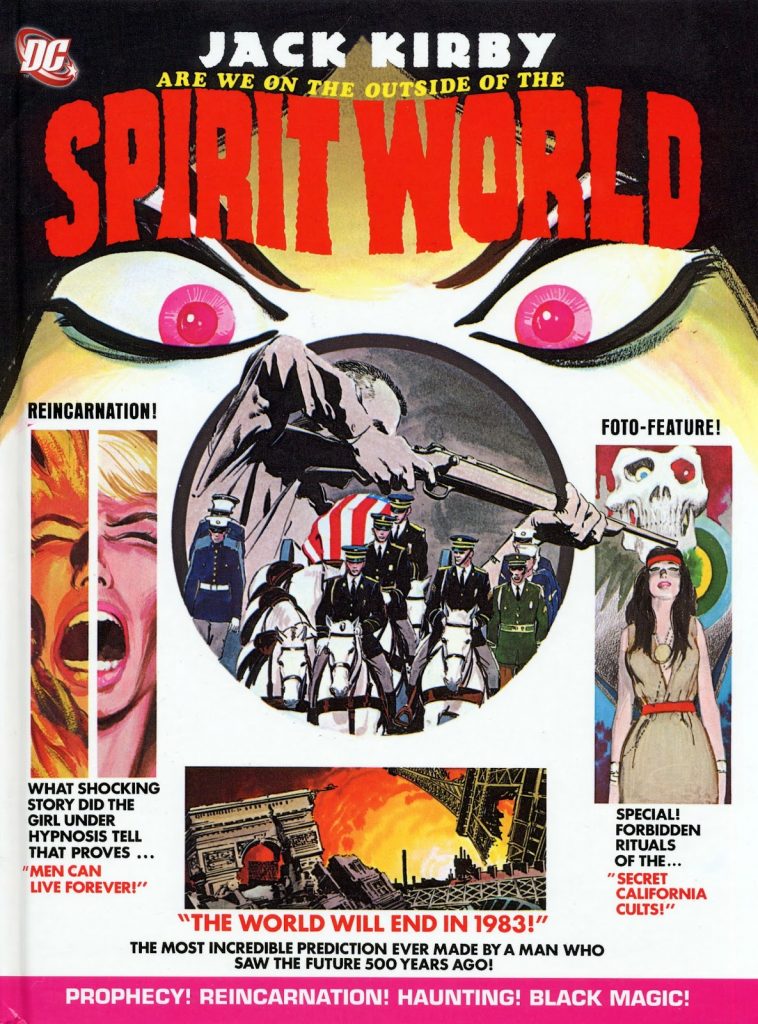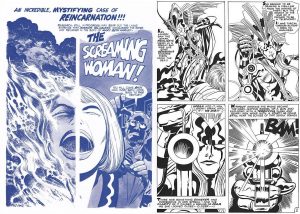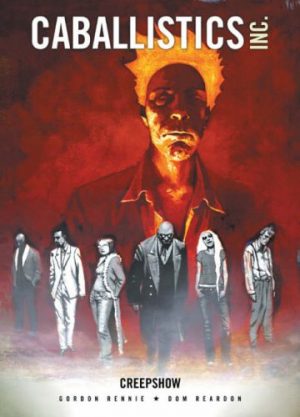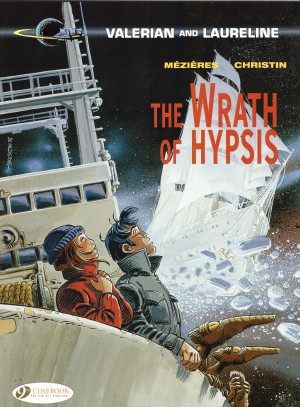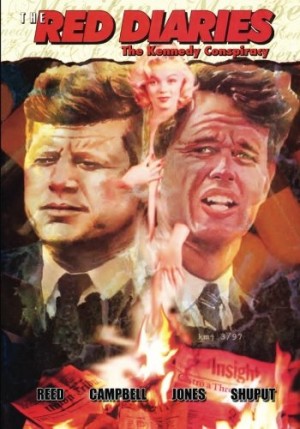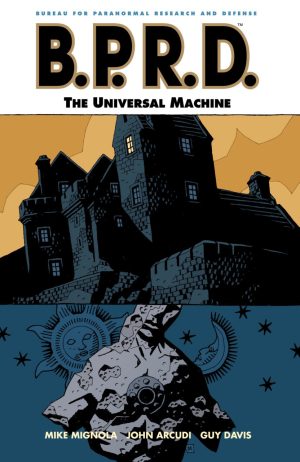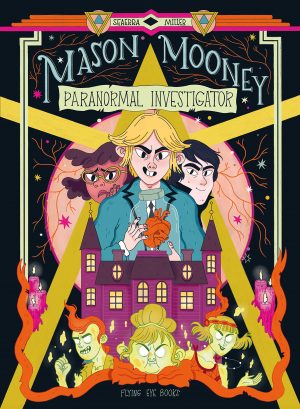Review by Frank Plowright
By the early 1970s Jack Kirby had come to see the future of comics as magazines like those produced in Europe and targeted at adults. DC green lighted two projects, the companion being In the Days of the Mob, then cut them off at the knees by constantly reducing the production costs and not distributing them efficiently. In this hardcover reprint, Mark Evanier, Kirby’s assistant at the time, relates the whole short-sighted story, yet for some reason his introduction appears in the middle of the book. Among the revelations is that Kirby never intended the magazine to be in black, white and dark blue, intending full colour.
Kirby’s curiosity about life led to a considerable range of interests, and there’s no doubting his sincerity and open-mindedness in examining ghost stories and psychic phenomena. An opening issue has a woman tortured by visions of the President’s assassination, Nostradamus’ prophecies, someone reliving a past life via hypnosis and a bizarre photo story of a woman connecting with the cosmos. The dark blue presentation is most effective here, lending a 1950s film look to the images, as Kirby provides his most experimental collages to convey the journey taken. A more lurid opening montage introduces the entire package, and the bombastic approach to everything is at odds with the questioning tone of Kirby’s narrative. Evanier notes he and fellow assistant Steve Sherman researched extensively to provide narrating parapsychologist Dr E. Leopold Maas with an authentic voice, yet the lack of subtlety undermines any serious contemplation of what remains beyond our understanding. However, divorced from that, the art is great, and as it’s far from Kirby’s usual subjects, interesting for that alone.
It’s far better represented, though, without the blue colouring on three stories intended for the stillborn second issue, and inked by Mark Royer rather than Vince Colletta. These were co-plotted by Evanier and fellow assistant Steve Sherman, here supplied in black and white. Again, they deal with Fortean topics, covering a psychic detective, dreams of astrological beings, Erich von Danieken’s theories of aliens in prehistoric times and spontaneous combustion. The psychic detective stars in what’s otherwise a procedural crime story, with Royer art over Kirby’s layouts, but the remaining topics are treated more fancifully, and allow greater expression for Kirby’s visual instincts. He may be veering off topic, but whereas the earlier art was good, there are some phenomenal pages in these stories, richly detailed and again treating the subjects as inexplicable rather than applying the more common idea of terror resulting from the unknown.
Most series take some time to find their way, and gathering the scattered contents of the never-published second issue shows a promising path forward, so they’re very welcome inclusions. Also present are cartoons on a supernatural theme by Sergio Aragonés, but that and Evanier’s essay are absent from the reprinting in DC Universe: The Bronze Age Omnibus by Jack Kirby.
A couple of oddities: As of writing US prices for out of print copies are really high, while they remain reasonable in the UK, and why was the original cover reprinted minus the phrase “The President Must Die!”?
